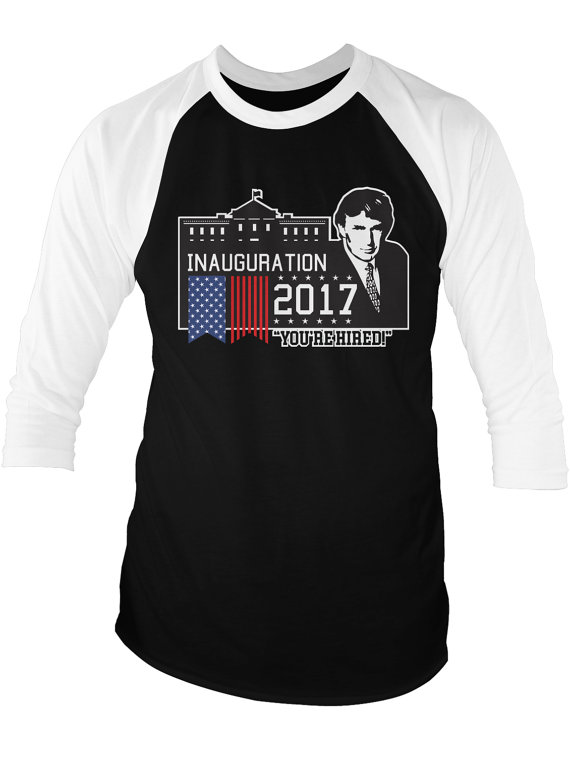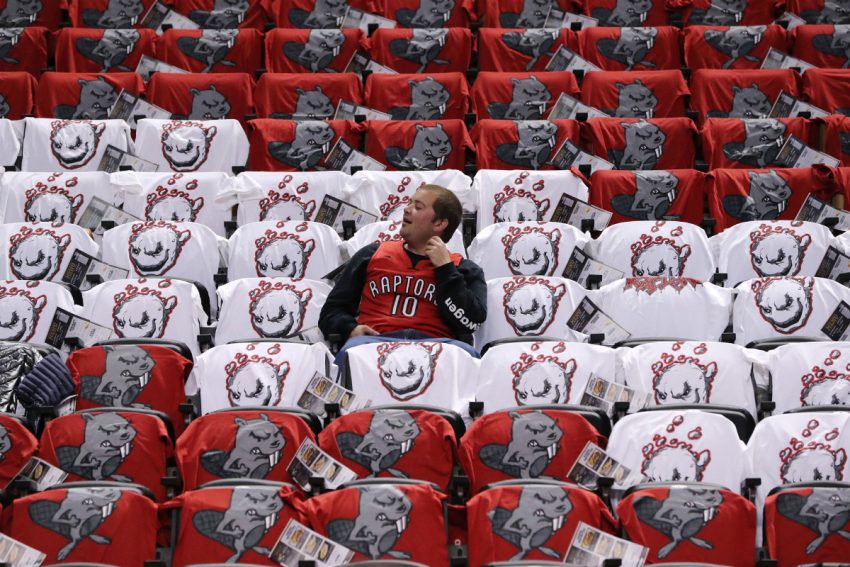It’s like coach always said: “Be smart!” Strength and skill can take you far, but when it comes to winning the hardest contests, intelligence is all that matters. You can be as strong as you want, you can offer the best products and lowest prices and most fantastic customer service, but if you’re not thinking through what you’re doing, taking time to really understand your products and considering ways to market for your client most effectively, you still risk face-planting right before the finish line.
Fan and spirit is a category that covers a wide stretch of products, from children’s plushes and noisemakers to expensive memorabilia for adults. There are unique safety concerns, clever marketing tactics and legal quirks very much distinctive to the genre. Below is a short list of 10 items to put you on your way to selling fan items smarter, better and most like a champion as possible.
1. Fireproof Your Foam
Foam items like the popular #1 fingers and oversized headgear are flammable. Or they can be, if you don’t seek out fire-resistant foam that is. “We’re very conscious of all the safety regulations these days,” said Scott Denny, vice president of sales and marketing for Garyline, Bronx, N.Y. “We buy only flame-resistant foam that meets CPSIA and other flame guidelines.”
2. No Dirty Mouths
A surprising amount of cheering items require contact with a user’s mouth. Accordingly, you want to keep such items as lip-friendly as possible. Any items that are pressed to a person’s mouth to make noise should be made from food-safe plastic or an equivalent material. This food-safeness goes doubly for items like plastic megaphones, where a common sports fundraising tactic is to fill them with popcorn and sell them in the concessions area. Dan Taylor, president of BamBams LLC, Woodbridge, Va., also suggested being mindful of such items’ packaging, keeping inflatables and other items destined for mouth contact packed in polyurethane or something similar to keep them clean before use.
3. Plan Around the Playoffs
Since some teams don’t know if or how far they’ll make it into the playoffs until they get there, they may be left in a promotional lurch if they go farther than anticipated. “It’s a game-day driven thing,” said Denny. “They don’t know what they need until they make the playoffs.” This uncertainty can create sales opportunities if you’re able to source product fast enough. Know which suppliers either keep large stocks domestically or manufacture stateside and can deliver items on a quick turnaround.
One example of an item you can get made quickly is foam products. “With the foam, we always have it in stock because it’s all made to order,” said Denny. “We have the raw material, we make it right here in the building, we slice it, so if you want a foam #1 finger, we cut out #1 one fingers. If you want a paw or a claw, or a hammer or a five-finger thing or a spoon or a hockey stick, it doesn’t matter, it’s the same material,” he explained. “It’s really made to order, so you can knock out the quantity you need. It’s easy to do 10,000 of something in five days because you can make it and don’t have to get it from somebody outside.”
4. The Two Sides of Flags
Taylor cautioned distributors to inspect how a flag looks from both sides. “Most flag material is thin and the printing is seen through both sides,” he said. “The reverse side of the flag is a mirror opposite of the front side.”
5. Get Your Licensing Straight
College and professional sports teams will often require a license to use their logos. Besides making sure you have the correct permissions and paperwork to use said logos, you also want to make sure that your client has the same allowances. Sometimes clients, such as a college fraternity or an NFL fan club, will request merchandise with a school or team’s logo on it, not realizing they have no authority over the use of a team’s logo. The last thing a promotion needs is trademark or other licensing issues, so always follow up with official sources.
Your supplier will also sometimes have to sign an agreement. “The supplier occasionally has to sign an agreement with the licensing agency, saying that the distributor has a contract stating we are only acting as the manufacturer and will not reprint the licensed logo,” said Taylor. Joe Durand, MAS, senior vice president of LarLu/Display-Tec, Winona, Minn., pointed out as well that some suppliers (such as LarLu) will have whole licensing departments devoted to making sure your artwork follows a team’s decoration standards, which can be quite strict at times.
6. Consider Cross-Promotion
Fan and spirit promotions held at events offer plenty of opportunity to weave items together into a connected marketing effort. Durand gave one example, using a decorated flag or banner by the venue entrance to not only promote the event but also a related concessions or fundraising item, such as a promotional seat cushion.
7. Don’t Forget Mechanical Testing
Chemical safety and compliance testing is always important, but for hard items with moving parts such as noisemakers, physical risk and breakage are also issues. “In most cases, the ASTM F963 mechanical testing will test the item under regular use-and-abuse scenarios to see if the item is safe for children,” said Teresa Fang, director of purchasing at Jetline, Gaffney, S.C. “Also, the distributor would want to make sure that the item has the appropriate tracking label so that it can be easily identified and recalled should there be any issue with the product after it’s been introduced to the market.”
8. Longevity Can Make a Difference
“Many promotional items for stadium events don’t have a use outside of the few hours they’re used to rally the crowd,” said Dana Zezzo, CAS, chief marketing officer at Jetline. “Glow sticks and noisemakers are fun short-term ways to rally the crowd, but a user rarely takes it home and continues to use it … An effective promotional item can be used long after the event, reminding the user of the event and sponsors,” explained Zezzo. He cited several examples of useful take-home fan promotions, such as can-coolers and themed drawstring backpacks decorated specifically to resemble a given sport, as items that would be used long after an event’s end.
9. Keep Assembly Simple
Some fan and spirit items will require light assembly, such as noisemakers or more elaborate headgear. If you’re working with such items, it’s in your best interest to keep assembly as simple as possible. For example, Taylor suggested making sure all inflatables can be filled via mouth, as opposed to by straw or another means, even if the other means is included in the packaging.
10. Account for Weird Shapes
Fan items like megaphones or noisemakers have unconventional shapes that can complicate decoration, especially larger designs that involve something like a wrap effect. “A lot of people have trouble printing on a thing as funny-shaped as a megaphone,” said Denny. He recommended finding a supplier, such as Garyline, that has the special equipment required to meet your decoration needs.



